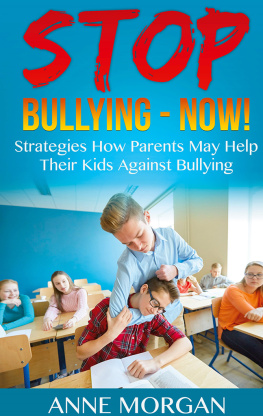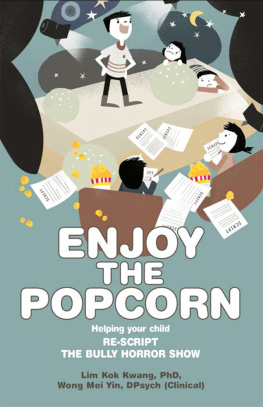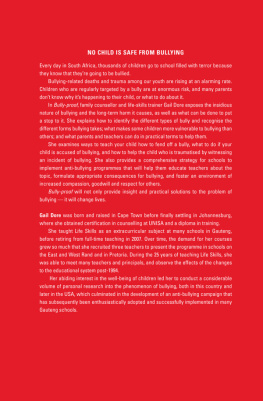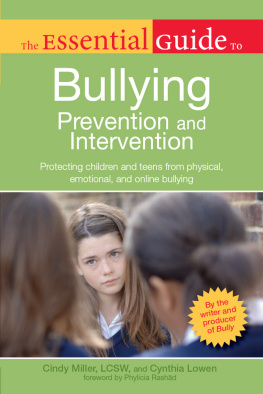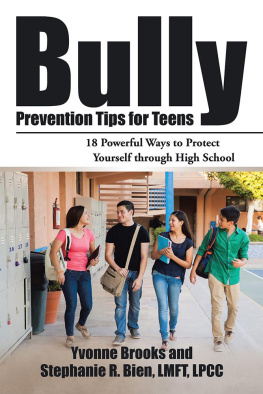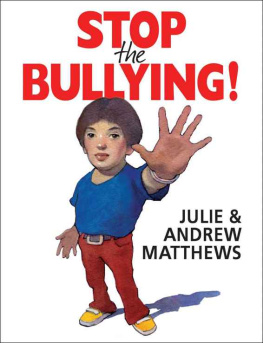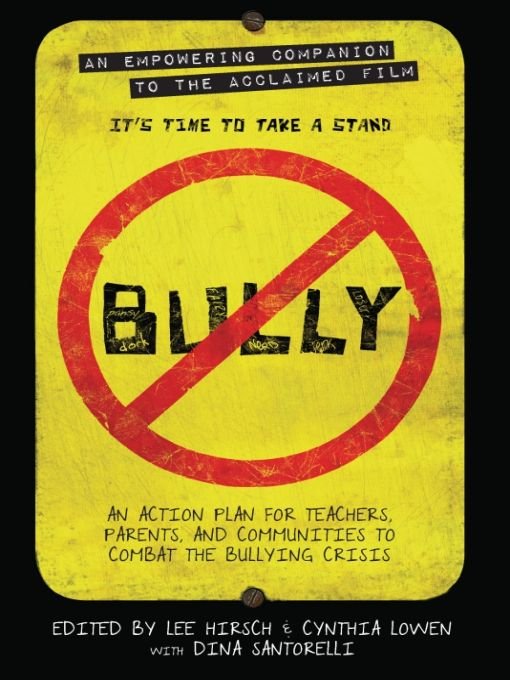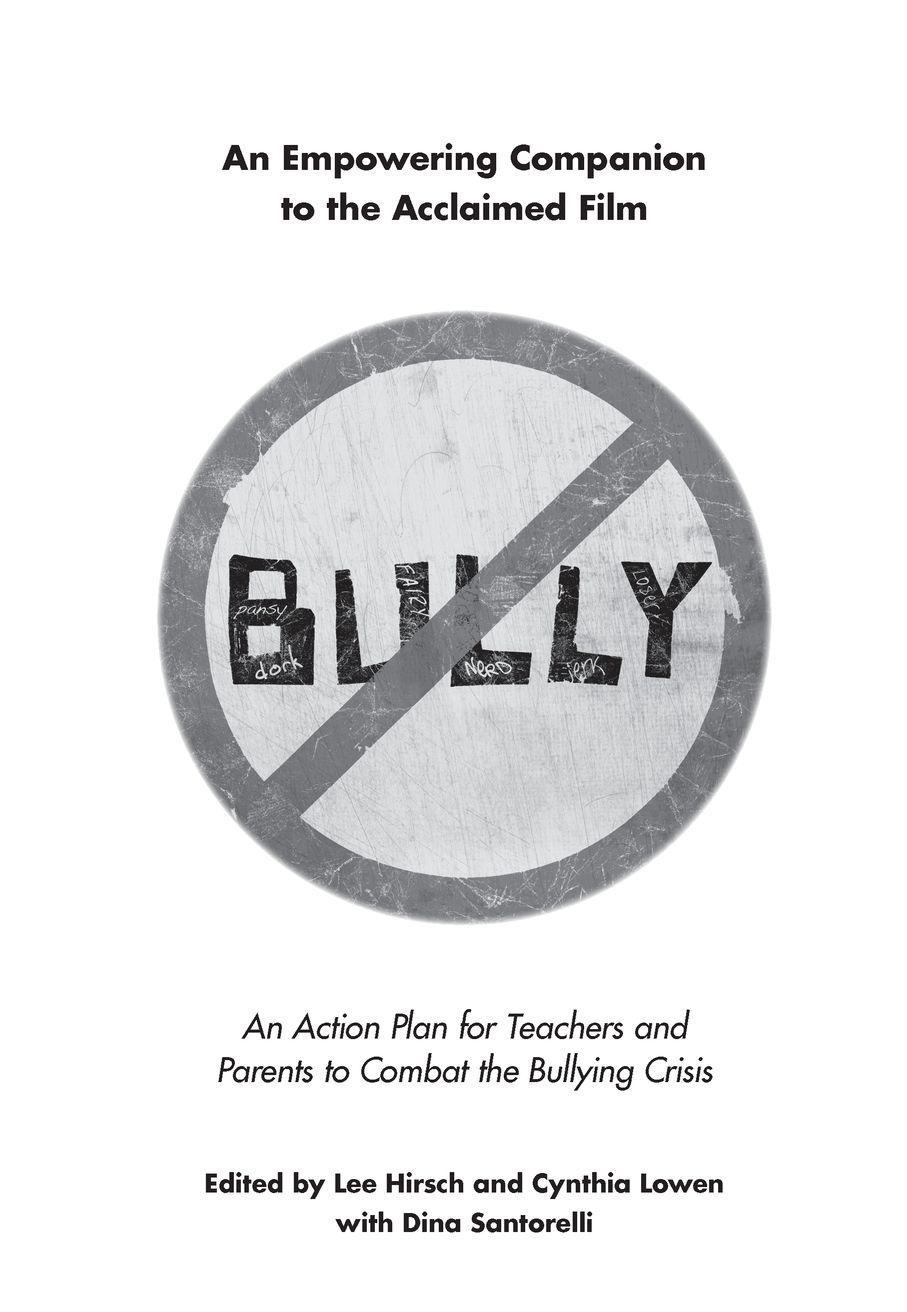Table of Contents
Everything Starts with One
The documentary Bully began in the spring of 2009, with the conviction that NOW is the time for this film. It started with the voices of kids and parents, of teachers and administrators, of those who had been bullied decades ago and those who were targeted that day, coming into the light to talk about their experiences. Although bullying is not a new phenomenon, it is one that has been long shrouded in silence, shame, embarrassment, and helplessness. However, as the voices began to multiply, as more and more kids and adults courageously came forward to tell their stories and to speak to their commitment to change, so did the sense that Bully could catalyze a movement among youth, families, educators, and communities to turn the tide on bullying.
After three long years from production to the big screen, meeting kids, parents, and educators across the United States and documenting the many challenges and the hard-won triumphs, Bully arrived in theaters nationwide on April 13, 2012, with a PG-13 rating from the Motion Picture Association of America. The films premiere in fifty-five cities across the U.S. was the culmination of hard work not only by the filmmakers, but by dozens of organizations and individuals partnering with the documentary to help promote its message and to make it accessible to those who need to see it mostour nations young people.
A passion project for director Lee Hirsch and producer Cynthia Lowen, Bully became the little film that could, unifying a growing movement and rallying cry by shining a spotlight on a very big problem that for too long has gone unresolvedand unnoticed. By focusing on the specific struggles of five families, Bully provided a glimpse into the life of the bullied and how bullying is a problem that has become embedded in our schools. With its disturbing images of physical and emotional abuse, the film exposed the disconnects and communication breakdowns often found between parents and children, and families and schools, and tapped into a shift in the collective consciousness that says, No longer should bullying be an individual or a private matter, or a rite of passage; instead, it is a social issue that concerns all of us, not just those who suffer in silence.
Bully is dedicated to the thirteen million children who will be bullied in the United States this year, as well as the generations of children who came before them, and to their families, whose cries for help have fallen upon deaf ears. With research showing that only 4 to 13 percent of middle- and high-school students indicate that they would report an incident of bullying to a teacher, administrator, or another school staff member, it is hoped that the film will encourage more students to speak out and trust that their stories will be both heard and taken seriously. It is also hoped that this film will inspire school systems across the nation to confront the bullying of students head-on with a whole-school approach that involves administrators, teachers, and counselors rather than with the well-intentioned but ineffective assurances, sympathetic looks, or shrugged shoulders of the past and that our nations legislators will stand firm in their resolve to ensure that all students enjoy educational opportunities without discrimination or harassment.
THE BATTLE OF THE BULLIED
Bullying is the most common form of violence experienced by young people in the nation. Every day, more than 160,000 students skip school because they are fearful of being bullied. According to the Federal Bureau of Investigation (FBI), the third most common location nationwide for a hate crime to occur is on a school or college campusthe FBIs Hate Crime Statistics, 2009 report states that 11.4 percent of hate crimes occur at schools or colleges, and 18.5 percent of those bullied were targeted because of their perceived sexual orientation. Additionally, in a survey commissioned by the Kaiser Family Foundation, more eight- to fifteen-year-olds picked teasing and bullying as big problems than those who picked drugs or alcohol, racism, AIDS, or pressure to have sex, and more African Americans saw bullying as a big problem for people their age than those who identified racism as one. Bullying is now considered a serious threat to students ability to fully enjoy the educational opportunities and benefits of their schools.
Bullying is defined as an act of repeated physical or emotional victimization of a person by another person or a group. Although its difficult to assign a number to describe the incidence of bullying, according to the National Center for Learning Disabilities, the collected statistics prove rather frightening:
10 percent of children report having been the victims of severe bullying at least once during the school year;
75 percent report being bullied at least once during the past ten months;
25 to 50 percent report being bullied at some point during their school years;
40 to 75 percent of bullying incidents in school take place during class breaks, in the lunchroom, bathroom, or hallways;
30 percent of children who suffer from food allergies report being bullied at school (sometimes by verbal taunting but more often, by having the allergen thrown or waved at them);
30 percent of children who report having been bullied said they sometimes brought weapons to school;
57 percent of the time when a peer intervenes in a bullying situation, the bullying stops within ten seconds; and
the average bullying episode lasts only thirty-seven seconds, and school personnel are reported to notice or intervene in only one in twenty-five incidents (in contrast to another report where teachers said they intervened 71 percent of the time and students reported teachers taking action only 25 percent of the time).
There are many reasonsor, perhaps, no real reason at allwhy bullying occurs. According to antibullying speaker and expert Dr. Joel Haber, as much as 95 percent of all bullying is perpetrated by those looking to protect or increase their status within a group. Bullies maintain what Haber calls their imbalance of power by zeroing in on the things that make others different. It may be that bullied children are overweight or tall or that they wear different clothes or speak with an accent. While the list really can include almost anything, the following are some of the groups at risk for being bulled:
children stereotyped by cultural biases, including ethnicity and religious factors;
children labeled with a sexual identity (lesbian, gay, bisexual, and transgender youth);
children who contradict gender stereotypes;
children with social-skills deficits or special-education labels;
loners, those who do not have support of their peers; and
gifted children.
According to a study published in Gifted Child Quarterly in 2006 that examined 432 eighth graders in eleven states who were identified by their schools as gifted, more than two-thirds said they had been bullied at school and nearly one-third harbored violent thoughts as a result.
Bullying comes in many forms. Typically, most people envision bullying as a physical abuse of power: kicking, pushing, shoving, hitting, spitting, taking or breaking someones personal belongings, knocking ones books down, shoving a child into a locker, or stealing someones lunch money or food. However, there are other forms that are just as damaging. These include verbal bullying, which is more psychological in its intent and includes hurtful teasing, taunting, verbal threats, prejudicial remarks, and making fun of ones cultural heritage, and relational bullying, which is meant to damage another persons relationships through social isolationgossiping, rumors, talking behind someones back, eye-rolling or silence when a target walks in the room, or behavior meant to exclude someone from a clique.


